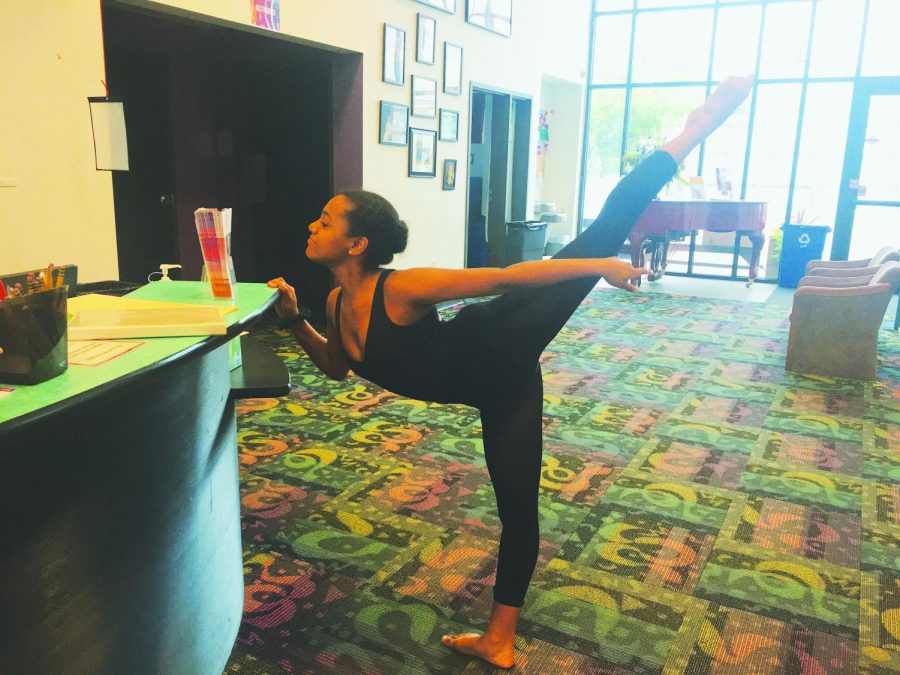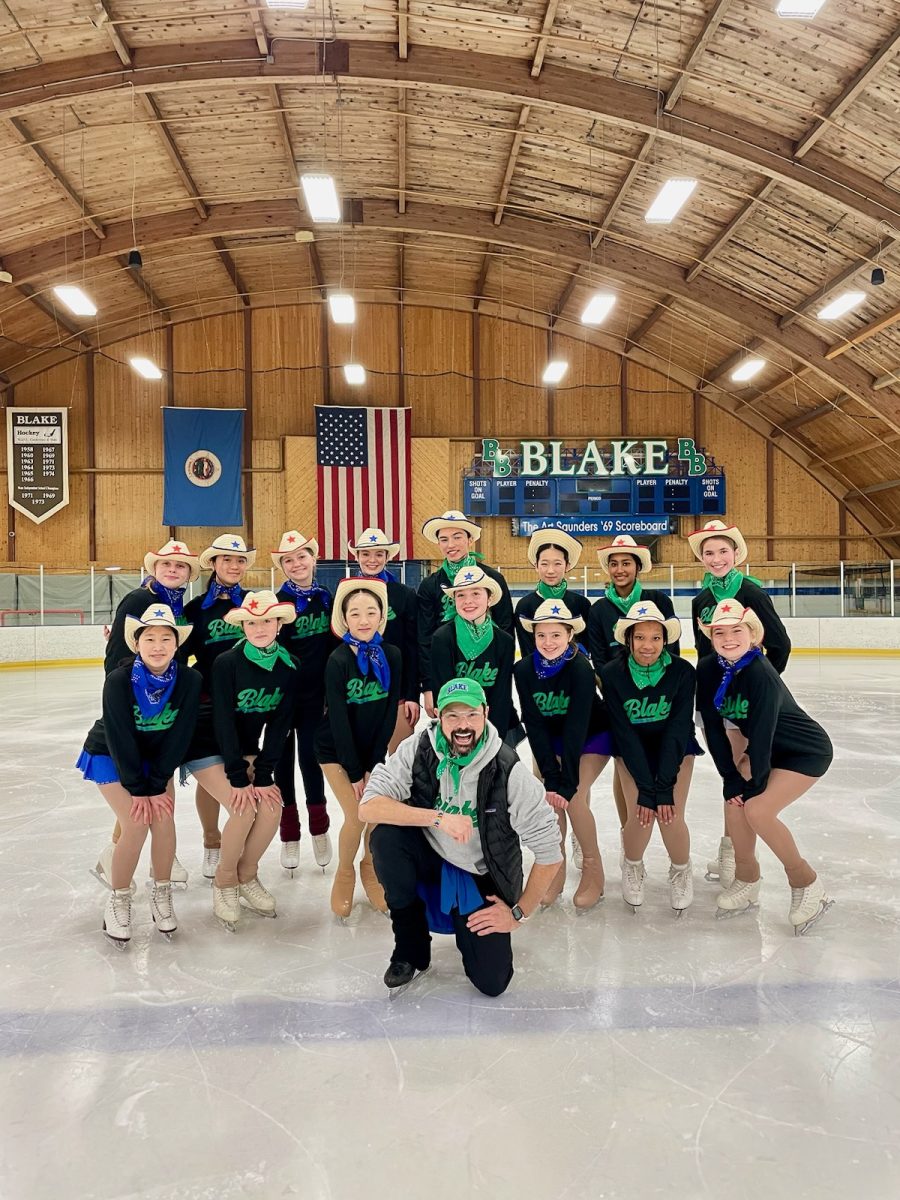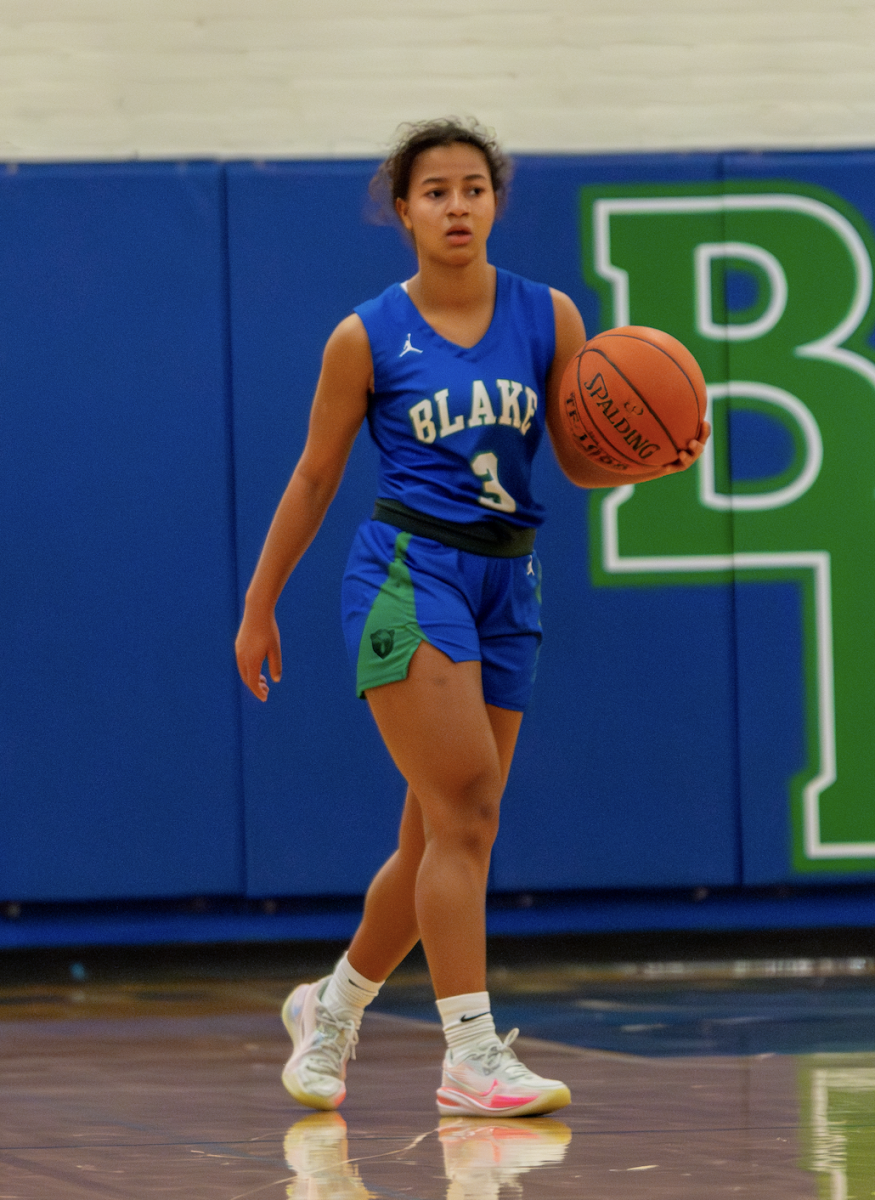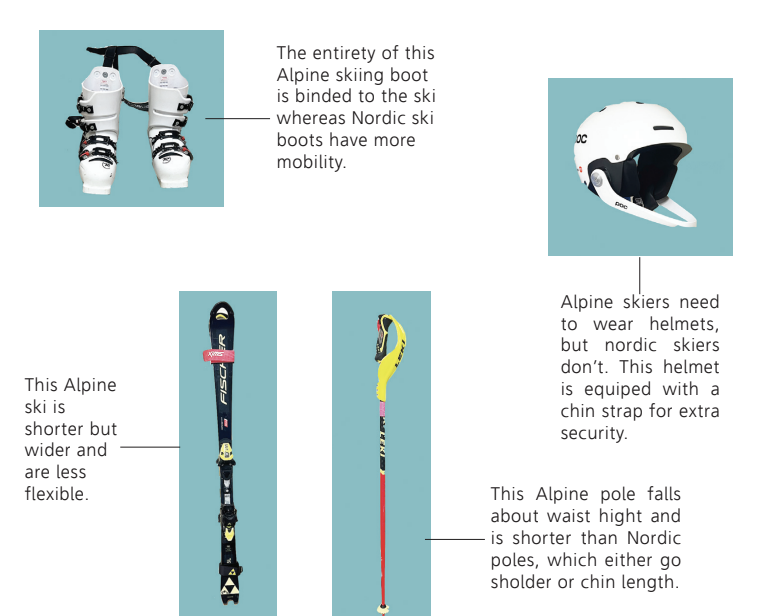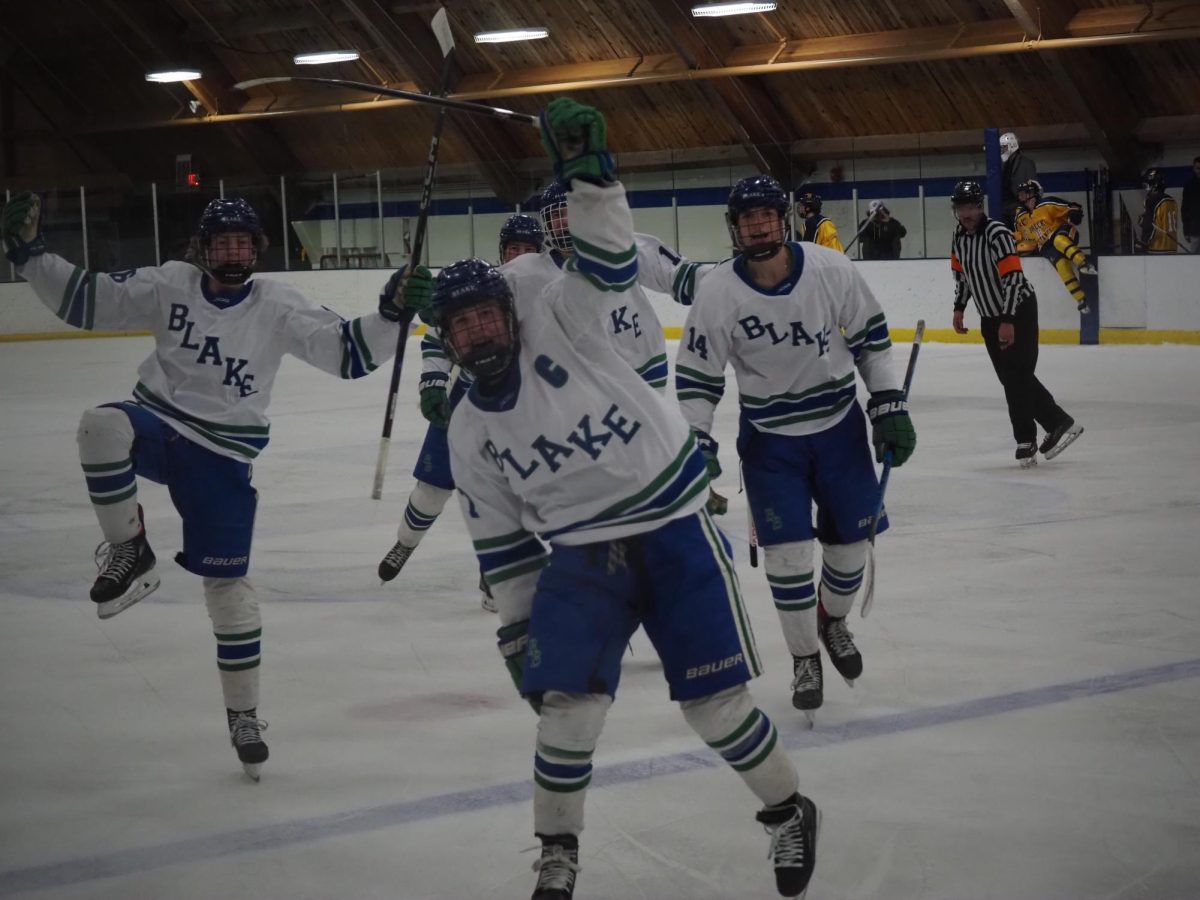Body image is extremely relevant in sports, especially in today’s society. There is an intense pressure placed upon athletes to look a certain way and represent the ‘ideal picture of health’. Often times, the way an athlete looks physically is equated with their level of fitness, skill, and overall health. This is an extremely harmful narrative because it reinforces the idea that strength and wellness has a specific body type and size.
Yolanda Pauly ‘21, explains this pressure in dance stating, “I think it is definitely present in sports in general, I think that each sport has its specific body image or ideal. It definitely is applied in dance. Especially for me, I think that the standard body for ballet specifically, is a tall, skinny, lean, white, girl. It is definitely very present in the dance community as we are constantly being judged based on our body shape and the shapes that we are making with our bodies.”
As Pauly explained, dancers and other athletes are constantly being judged and evaluated based on the way their body looks, moves, and competes. Likewise, professional athletes are expected to look ‘perfect’ and often times, non-professional athletes take this pressure on as their own.
When professional athletes dedicate their lives and use their resources to compete and look ‘perfect,’ it is not realistic for non-professional to hold themselves to the same standard. These pressures are emphasized in the media with the lack of representation and diversity in body types and sizes.
Spencer Okoronkwo ‘22 shares, “I think that the media definitely plays into the pressure to look a certain way. With athletes often posting pictures on various platforms, I think that fans and supporters get the idea that they need to look like whoever they aspire to be. However, I think that the ‘perfect’ body that professional athletes possess is unattainable for just a regular, non-professional athlete which leads to people being upset with the way they look.”
When non-professional athletes expect themselves to look and perform like professionals, it can cause comparison as well as unhealthy relationships with one’s body image. The media has the tendency to further feed this detrimental cycle but it can also represent athletes that come in all different shapes and sizes.
Pauly, explains this, “There are some very famous athletes and they come in all shapes, sizes, identities and I think that is awesome. I think that the media actually does a pretty decent job of portraying how different everyone can be and still play a sport really well.” At the end of the day all you need to be is committed, determined and strong. Success does not come in one size, race, or identity.

